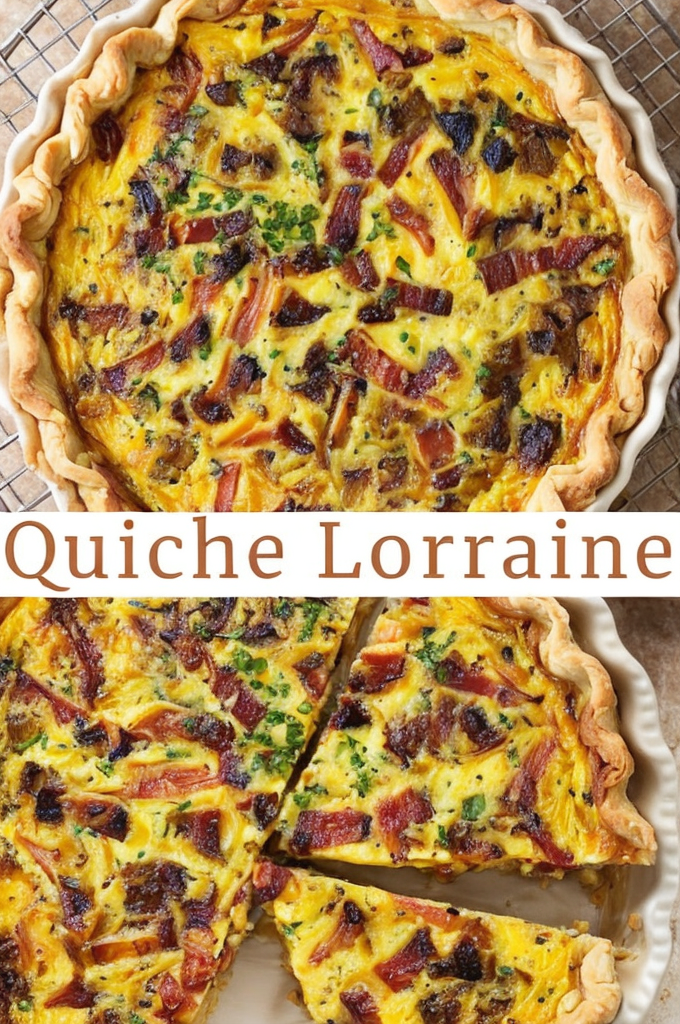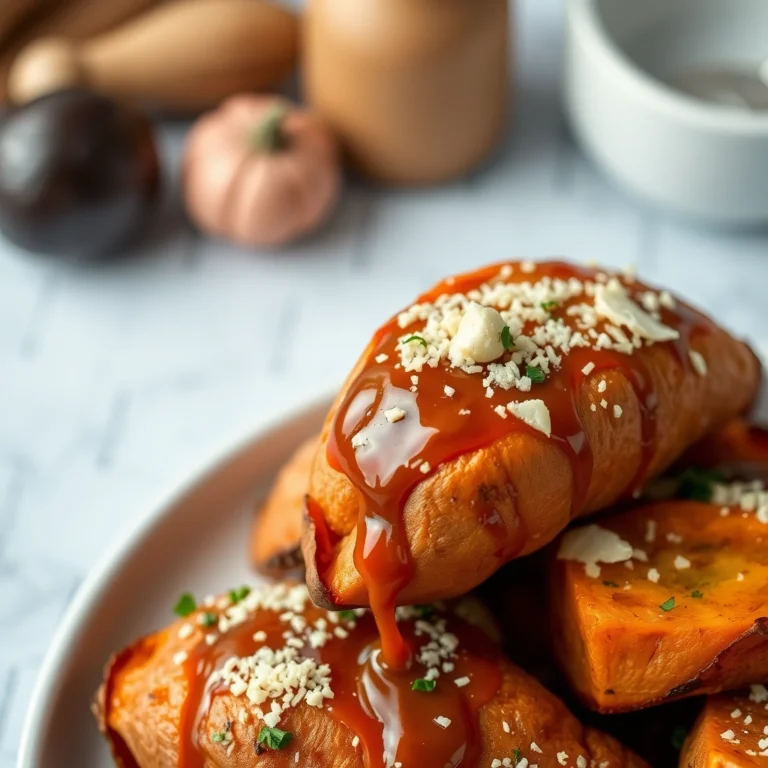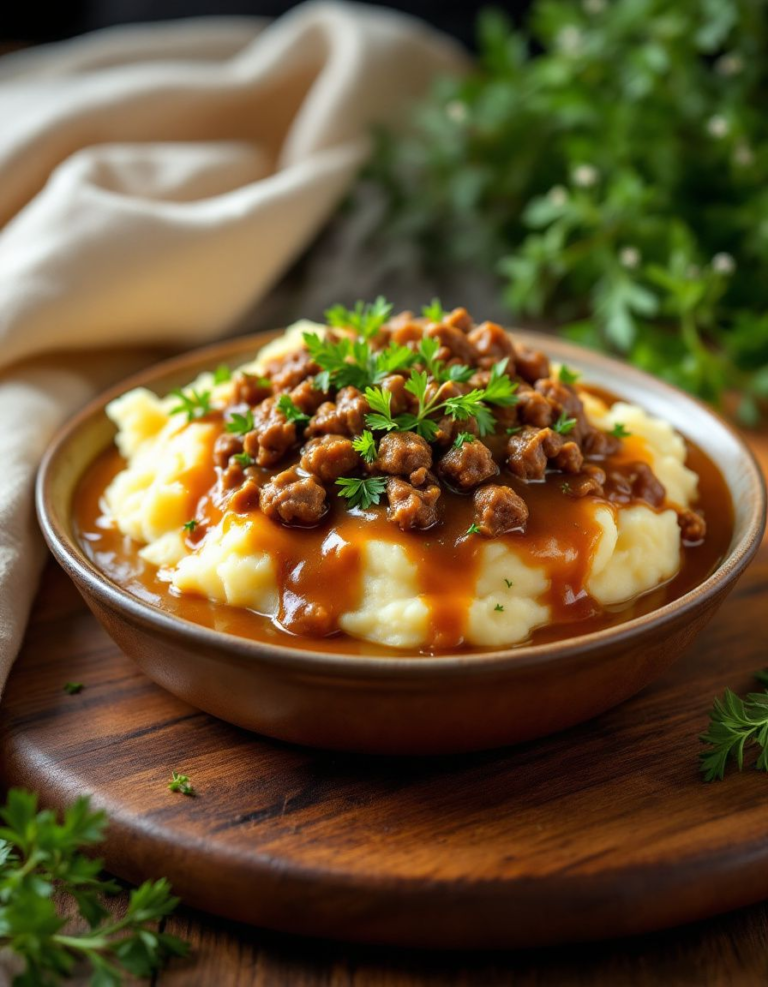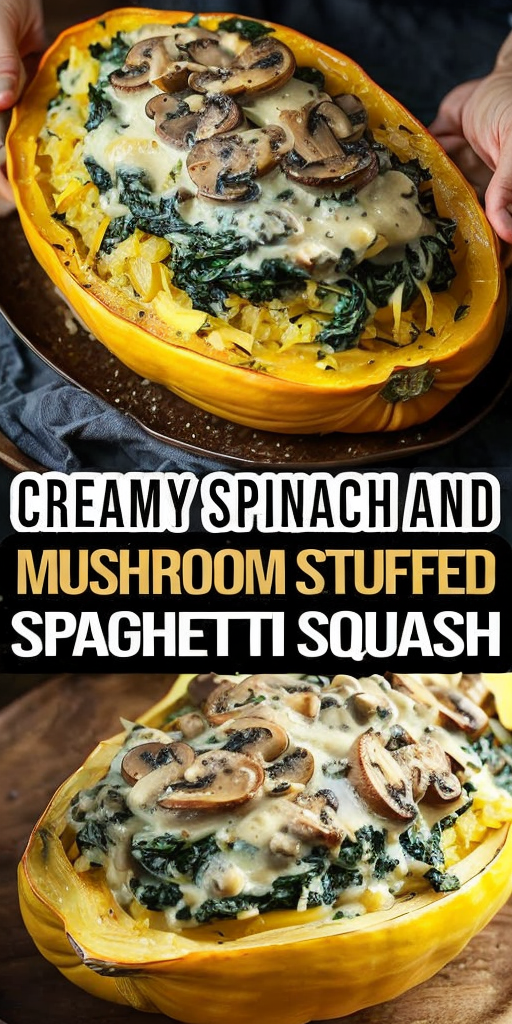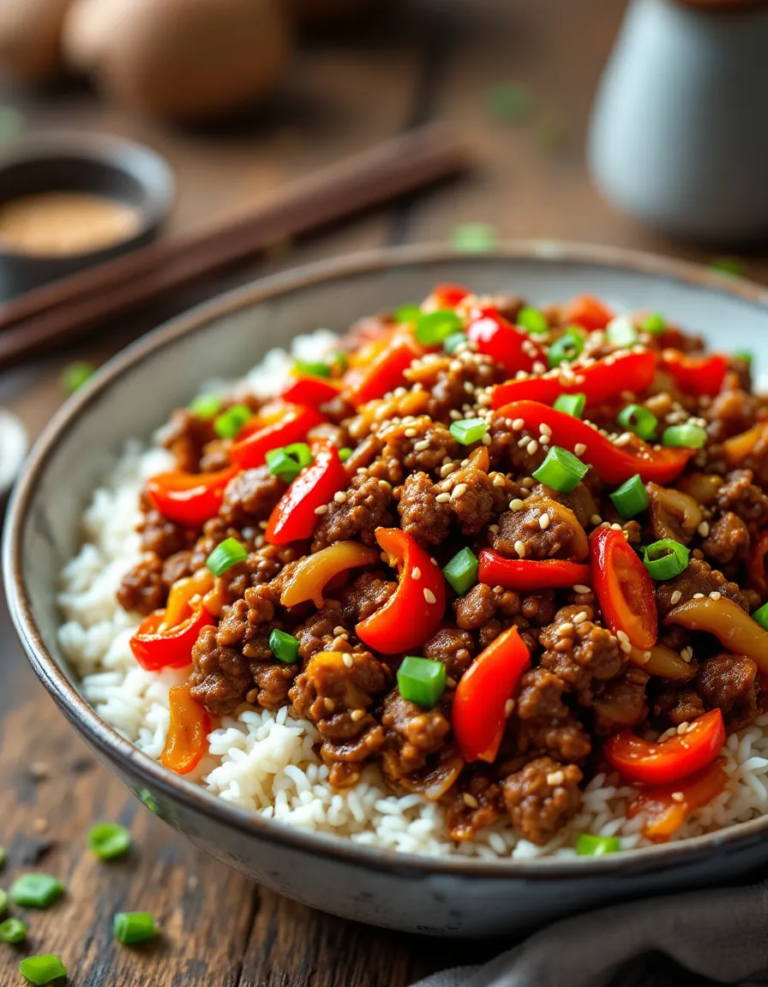Easy Quiche Lorraine – Family Favorite Recipe
Easy Quiche Lorraine: A Family Favorite Recipe
Quiche Lorraine is a timeless dish that has been a staple in households for generations. This easy Quiche Lorraine recipe is a comforting blend of creamy custard, crispy bacon, and savory cheese enclosed in a flaky, golden pastry. Perfect for a cozy family brunch or an elegant dinner, this dish brings a delightful balance of flavors that everyone will love. The blend of rich ingredients creates an irresistible aroma that fills your kitchen with warmth and coziness, making it a favorite for many.
Quick Recipe Highlights
- Flavor Profile: This quiche combines the smoky taste of bacon with the creamy, mild notes of gruyère cheese, creating a balanced and savory bite with each mouthful.
- Texture: The quiche boasts a creamy, custard-like interior, contrasted by the crispy edges of bacon and a buttery, flaky crust.
- Aroma: The inviting aroma of bacon and cheese baking together will have everyone anticipating this delicious meal.
- Visual Appeal: A perfectly set quiche, with its golden-brown crust and rustic, speckled top of cheese and bacon, promises an enticing presentation.
- Skill Level Needed: This recipe is simple and suits beginners, requiring basic cooking techniques like sautéing and baking.
- Special Equipment: A quiche pan adds a professional touch; however, a regular pie dish works just as well.
Recipe Overview
- Difficulty Level: Designed to be approachable; even those new to cooking will find the steps easy to follow, making it a confident choice for any cook.
- Category: Ideal as a brunch or lunch item, but versatile enough to be a crowd-pleasing dinner entrée.
- Cuisine: Rooted in French tradition, the recipe reflects influences of classic Lorraine style, renowned for using bacon.
- Cost: Using simple, budget-friendly ingredients, the quiche is an economical option that doesn’t compromise on taste.
- Season: Suitable for all seasons, with hearty ingredients perfect for colder months and adaptable for spring or summer with fresh greens.
- Occasion: Whether for a family gathering, casual lunch, or holiday feast, this dish elegant enough for any occasion.
Why You’ll Love This Recipe
The taste and texture of this Quiche Lorraine offer a deliciously delicate balance. The creamy custard melds beautifully with the smokiness of the bacon, while the buttery pastry shell provides a satisfying crunch. Offering this variety of textures, every bite contrasts smoothly between creamy and crispy. These elements, harmoniously put together, make this recipe a delight not only in flavor but also in the experience of eating it.
This recipe excels in both convenience and ease of preparation. With straightforward steps and a manageable ingredient list, it is perfect for busy mornings or spontaneous dinner plans. Its fast preparation time, from mixing ingredients to baking in just under an hour, makes it an efficient choice for any cook. Additionally, utilizing pantry staples means fewer shopping trips, enhancing its accessibility.
Packed with nutritional benefits, this quiche combines protein from eggs and bacon, offering a hearty meal option. The inclusion of gruyère cheese adds calcium and essential vitamins, promoting bone health. Using fresh, wholesome ingredients allows you to indulge without the guilt, making it not only delicious but also a nutritious choice.
Quiche Lorraine shines as a social dish, perfect for entertaining guests or family gatherings. Its pleasing flavor palette and elegant presentation make it an impressive yet approachable meal to share. This versatility, combined with its ease of preparation, ensures it’s a hit for both the host and guests.
Lastly, the cost-effectiveness of Quiche Lorraine is an undeniable advantage. Made with cost-conscious ingredients, it is affordable yet fulfilling. It’s a wonderful way to provide a satisfying, gourmet taste without breaking the bank, proving that delicious homemade cooking can be both exquisite and economical.
Historical Background and Cultural Significance
Quiche Lorraine originated in the Lorraine region of France, and its history is steeped in rich culinary tradition. Originally, this dish contained a simple mix of cream and eggs, devoid of cheese. Over time, the inclusion of cheese became popular, particularly among those in France’s neighboring regions, evolving the recipe into what we enjoy today.
The cultural significance of Quiche Lorraine is profound, representing the blending of German and French culinary influences due to the regions’ intertwined histories. Its evolution reflects the melding of flavors and techniques, celebrating regional pride and the melding of different cultural identities through cuisine.
Through centuries, the recipe has adapted, influencing and being influenced by various culinary trends. As the love for quiche grew, diverse variations emerged, incorporating ingredients like spinach, mushrooms, or different types of cheese. These adaptations illustrate the recipe’s versatility and widespread appeal, transcending borders and dietary preferences.
Regional variations continue to pop up, showcasing local ingredients and preferences. Each version carries its unique twist, making Quiche Lorraine not just a dish but a canvas for culinary creativity. From rustic countryside versions to sophisticated urban adaptations, the quiche’s flexibility allows it to thrive in different settings, bringing people together over shared meals.
Ingredient Deep Dive
Eggs serve as the foundational element of Quiche Lorraine, contributing to both flavor and structure. With ties to culinary traditions worldwide, eggs symbolize new life and potential. They are nutrient-dense, providing an excellent source of protein, essential amino acids, and various vitamins and minerals. Opt for fresh, high-quality eggs from trusted sources, ensuring optimal flavor and texture balance in your quiche. Store them in a cool, dry place to maintain freshness, and consider substituting with egg whites for a lower cholesterol option if preferred.
Gruyère cheese adds a distinct character to the dish, cherished for its creamy, nutty flavor that enhances the custard filling. Rooted in Swiss Alps tradition, Gruyère brings a luxurious mouthfeel complementing the bacon’s smokiness. Rich in calcium and vitamin D, it supports bone health and lends a delightful savoriness. Choose well-aged Gruyère for depth in flavor and store wrapped in wax paper within the fridge to preserve its quality. Explore substitutes like Emmental or Comté for comparable taste profiles when Gruyère is scarce.
Common Mistakes to Avoid
- Overbaking: Ensure the quiche is removed from the oven once the center is set but slightly wobbly to prevent a rubbery texture.
- Skimping on seasoning: Remember to season your egg mixture sufficiently, as underseasoned quiche can be bland.
- Incorrect custard ratio: Follow the recipe ratio for eggs and cream/milk meticulously to achieve the right custard consistency.
- Blind baking mishap: Don’t skip blind baking the pastry shell to avoid a soggy crust.
- Overloading with fillings: Resist the urge to overstuff your quiche, which can affect cooking and consistency.
- Poor ingredient choice: Ensure all dairy used is full-fat, less creamy options may alter the expected texture.
- Ignoring cooling time: Allow the quiche to set before slicing to ensure clean cuts and distinct portions.
- Inadequate bacon preparation: Cook the bacon until crispy to avoid greasy layers.
- Using pre-shredded cheese: Opt for freshly grated cheese instead to avoid added stabilizers affecting smooth melting.
- Not adjusting oven rack: Bake on the center rack for even cooking and crisp pastry.
Essential Techniques
Blind baking is essential for ensuring that the pastry crust remains crisp and doesn’t absorb excess moisture from the filling. Start with a chilled, rolled-out pastry, then line the crust with parchment paper and fill it with pie weights. This prevents air pockets from forming and maintains the crust’s shape. Bake it until lightly golden to form a protective barrier before adding your custard and fillings. Mastering blind baking takes practice, but it enhances the quiche’s final texture significantly.
Pro Tips for Perfect Quiche Lorraine
– Use chilled butter for your pastry to ensure a crisp, flaky texture. Cold butter creates pockets of air during baking, resulting in a desirable crust.
– Allow the quiche to cool slightly after baking to aid in setting the filling and achieving clean slices.
– Opt for high-quality bacon, as it can greatly enhance the overall flavor profile. Render the fat well before adding it to the filling to prevent greasiness.
– Balance out the richness with a fresh salad side to complement the meal with a crisp texture and light flavors.
– Experiment with additional herbs or spices like nutmeg or chives to uplift the taste nuances.
– Pre-cooked vegetables can be incorporated into the filling for added color and nutrition without altering the baking time.
– Make the dough ahead of time and store it wrapped in the fridge to save prep time and enhance the dough’s handling properties.
– Enjoy room temperature quiche for optimal flavor release and texture appreciation.
Variations and Adaptations
Incorporate various regional variations by adding vegetables like spinach or leeks, offering a seasonal adaptation to the traditional recipe. When preparing it in winter, heartier options like mushrooms or root vegetables lend a welcome warmth to the dish. For those adhering to dietary restrictions, try a gluten-free crust or substitute the dairy ingredients with vegan-friendly options to suit personal health needs. Spice lovers might appreciate the addition of jalapeño for a touch of heat. Texture can be modified by mixing different cheeses or adding nuts for crunch, providing creative avenues to personalize the quiche. Presentation can be elevated with decorative arrangements of sliced vegetables atop the quiche before baking, pleasing both the eye and palate.
Serving and Presentation Guide
Effective plating techniques transform Quiche Lorraine into a show-stealer at any meal gathering. Slice the quiche into even wedges and angle them slightly when serving, showcasing the variety of ingredients embedded within. Garnish with fresh herbs such as parsley or chives for a pop of color and added freshness, perfectly complementing the rich flavors. Traditional accompaniments like a lightly dressed green salad or a vibrant tomato salsa provide balance and contrast to the quiche’s indulgent nature. Consider modern serving suggestions such as mini individual quiches for a more intimate dining setting, accommodating portion control with ease. Ensure the quiche is warmed to slightly above room temperature before serving for the best flavor profile.
Wine and Beverage Pairing
When pairing beverages with Quiche Lorraine, light, crisp white wines such as a Sauvignon Blanc or a Chardonnay harmonize beautifully, cutting through the richness and enhancing each bite’s complexity. Non-alcoholic alternatives like a homemade lavender lemonade or a sparkling iced tea offer refreshing choices for younger guests or those preferring a sober meal experience. If serving during brunch, coffee and tea pairings like a smooth cappuccino or an herbal infusion provide warmth and comfort. The temperature of your beverage should ideally mirror the dish’s serving temperature; chilled drinks complement well, whereas warm tea or coffee provide a cozy feel. Serve in appropriately sized glassware to best appreciate each drink’s aromas and flavors.
Storage and Shelf Life
For optimal storage, allow the quiche to cool completely before refrigerating it in an airtight container, where it can remain fresh for up to three days. Store at a consistent temperature to prevent spoilage, and use a flat-bottomed container to maintain structural integrity. Be vigilant of signs of spoilage such as off-smells or mold development. Reheat individual slices in an oven to maintain crust crispness, or use a microwave for a quick warm-up; however, this might soften the crust. To freeze, wrap quiche slices in foil and place them in a sealed bag, allowing them to be stored for up to a month. Thaw overnight in the refrigerator before reheating gently in the oven.
Make Ahead Strategies
Prepare the pastry dough a day in advance, allowing it to rest in the refrigerator for ease of assembly on baking day. You can also pre-cook bacon and cheese the night before to save additional time. Store these ingredients in separate containers to avoid flavor and texture blending prematurely. When assembling, layer ingredients meticulously to avoid pockets of unevenness. Reheat the entire quiche or separate portions evenly in the oven to maintain textural contrast. Fresh herbs or any final garnishes should be added just before serving to sustain their vibrancy and flavor impact, ensuring the dish remains delightful to both sight and taste.
Scaling Instructions
To halve the recipe, adjust ingredient quantities carefully while maintaining the cooking temperature. Cook in a smaller dish to preserve thickness and baking consistency. For doubling or tripling the recipe, ensure you have ample baking space, utilizing multiple baking tins if necessary to prevent overcrowding the oven. Adjust the timing slightly, as larger portions may require additional cooking time to tan and set. Keep future storage in mind, as leftover quiche can serve multiple meals. When scaling, choose appropriate size cookware to ensure even heat distribution and avoid center collapse, maintaining a consistent textural experience across all servings.
Nutritional Deep Dive
Analyzing the nutritional content of Quiche Lorraine reveals a balanced macronutrient profile with a mix of proteins from eggs and bacon, fats from cheese, and the carbohydrate contribution of the crust. Rich in calcium, phosphorus, and riboflavin, it supports bone health and energy production. Dietary considerations encourage moderation due to its calorie density and saturated fat content. One portion provides essential nutrients beneficial for various bodily functions, while careful portion management aids in weight maintenance. Incorporating fresh vegetables within the quiche or as a side dish can enrich its micronutrient supply, enhancing the meal’s overall health benefits.
Dietary Adaptations
To create a gluten-free variation of Quiche Lorraine, replace the traditional wheat-based crust with gluten-free alternatives such as almond flour or cornmeal. For a dairy-free version, substitute the heavy cream with non-dairy counterparts like almond or coconut milk, and choose a dairy-free cheese option. A vegan adaptation would exclude eggs and bacon, incorporating a chickpea flour batter and vegan cheese substitutes instead. Low-carb enthusiasts can forego the traditional crust entirely, opting for a crustless quiche that still packs a punch of flavor. Keto dieters might appreciate using a base made from ground nuts or seeds to reduce carbohydrate content further. For a Paleo-friendly version, use pasture-raised bacon and non-dairy milk, maintaining both the essence and enjoyment of this classic dish.
The Recipe
Easy Quiche Lorraine
Serves: 6
Prep Time: 15 mins
Cook Time: 40 mins
Total Time: 55 mins
Kitchen Equipment Needed
- Quiche or pie pan
- Mixing bowls
- Whisk
- Rolling pin
- Baking beans or pie weights
- Baking sheet
Ingredients
- 1 pre-made pie crust
- 6 strips bacon, cooked and crumbled
- 1 cup gruyère cheese, grated
- 3 large eggs
- 1 cup heavy cream
- 1/4 teaspoon salt
- 1/4 teaspoon freshly ground black pepper
- Pinch of nutmeg (optional)
Directions
- Preheat your oven to 375°F (190°C). Roll out the pie crust and place it into your quiche or pie pan.
- Blind bake the crust by lining it with parchment paper and filling with pie weights. Bake for 10 minutes, then remove weights and paper.
- In a mixing bowl, whisk together eggs, cream, salt, pepper, and nutmeg until well combined.
- Spread bacon and cheese evenly across the baked crust.
- Pour the egg mixture over the bacon and cheese, ensuring even distribution.
- Bake for 25-30 minutes, or until the filling is set and the top is lightly golden. Allow cooling before serving.
Recipe Notes
- Substitute bacon with smoked ham or turkey for a lighter version.
- For added flavor, incorporate herbs like thyme or parsley in the egg mixture.
Troubleshooting Guide
For texture issues such as a rubbery custard, ensure all ingredients are fresh and properly proportioned. Adjust cooking times and ensure your oven operates at accurate temperatures for a perfect bake. If the flavor balance feels off, check your seasoning throughout and consider adding fresh herbs or more flavorful cheese types. Address temperature concerns by allowing the quiche to rest adequately before serving to prevent runny slices. When facing equipment challenges, double-check measurements and adapt to differing pan sizes as necessary. Ingredient substitutions should be well-researched and tested to ensure they serve similarly to the original, protecting the integrity of the recipe. Timing issues can be resolved with practice and attentive monitoring, ensuring the quiche does not overbake and retains desired consistency.
Recipe Success Stories
Numerous readers have shared delightful success stories with this Quiche Lorraine recipe, highlighting its ease and adaptability. One cook incorporated chives and mushrooms to rave reviews at a family brunch, while another successfully doubled the recipe for a community gathering, winning compliments for both flavor and presentation. Adaptations like a vegetarian version have also resonated, using fresh spinach and cherry tomatoes to positive feedback. Photography tips have emerged from these experiences, focusing on capturing the quiche’s layers and golden crust in natural light to emphasize its rustic elegance.
Frequently Asked Questions
Can I make Quiche Lorraine without gruyère cheese?
Absolutely! Shredded cheddar or Swiss cheese make great substitutes if gruyère is unavailable. The taste will differ slightly but still be delicious.
How do I prevent my quiche from being runny?
Follow the egg and cream ratios carefully, and ensure your quiche bakes until the center is just set. Avoid excessively adding watery vegetables without draining them.
Can I freeze Quiche Lorraine?
Yes, it’s a great dish for freezing. Ensure it’s fully cooled, then wrap tightly to maintain its flavor and consistency upon reheating. Thaw overnight before reheating.
What’s the best way to reheat leftover quiche?
To preserve texture, reheat slices in the oven. This ensures the crust stays crisp. For quick reheating, a microwave will suffice but may soften the crust.
Can I add vegetables to my quiche?
Definitely! Be sure to pre-cook any vegetables, as this prevents them from releasing excess moisture while baking and ensures they are tender.
How do I check if my quiche is fully baked?
Gently shake the quiche; the center should jiggle slightly but not be too fluid. A clean knife inserted halfway from the edge should come out moist but without egg residue.
Why do I need to blind bake the crust?
Blind baking ensures the crust is fully cooked and prevents it from becoming soggy once the wet ingredients are added. It offers a deliciously crisp bite.
Can this recipe be adapted for mini quiches?
Absolutely, simply divide the ingredients among smaller dish molds and adjust your baking time proportionally, checking for doneness earlier than the standard recipe.
How long can I keep Quiche Lorraine refrigerated?
Store your quiche, covered, in the fridge for up to three days for optimal freshness. Ensure it remains sealed from air to maintain quality.
Is it better to use heavy cream or milk in quiche?
Heavy cream is typically recommended as it provides a richer, creamier custard. Milk can be used for a lighter version, adjusting slightly less for less moisture.
Additional Resources
For those exploring further, consider diving into recipes that pair well with Quiche Lorraine, such as hearty salads, zesty salsas, or crusty bread to round out a meal. Look into guides covering fundamental techniques for perfecting pâte brisée, the basis of a great quiche crust. Ingredient information can provide further insight into understanding how various cheeses and seasonal vegetables can transform the dish’s flavor profile to suit any palate. Equipment recommendations, focusing on quality quiche pans and reliable whisk options, are invaluable. Explore seasonal variations, such as incorporating spring vegetables or autumnal root veggies, to keep this recipe fresh in any month.
Join the Conversation
Engage with others by sharing your Quiche Lorraine creations on social media. Capture your dish’s golden crust and vibrant filling layers, encouraging others to savor its appeal through alluring photography. Exchange ideas with fellow cooks by leaving reviews, offering your adjustments, or providing input on variations you’ve tried successfully. Whether experimenting with unconventional ingredients or sticking with the classic recipe, your insights help foster a rich, interactive community eager to explore the versatility of this beloved dish.

